Six comic books about science
/Ever since reading my dad's old Tintin books late into the night as a kid, I've loved comics and graphic novels. I've never been into the usual Marvel and DC stuff — superheroes aren't my thing. But I often re-read Tintin, I think I've read every Astérix, and since moving to Canada I've been a big fan of Seth and Chester Brown.
Last year in France I bought an album of Léonard, an amusing imagining of da Vinci's exploits as an inventor... Almost but not quite about science. These six books, on the other hand, show meticulous research and a love of natural philosophy. Enjoy!
The Thrilling Adventures of Lovelace and Babbage
Sydney Padua, 2015. New York, USA: Pantheon. List price USD 28.95.
I just finished devouring this terrific book by Padua, a young Canadian animator. It's an amazing mish-mash of writing and drawing, science and story, computing and history, fiction and non-fiction. This book has gone straight into my top 10 favourite books ever. It's really, really good.
T-Minus: The Race to the Moon
Jim Ottaviani, Zander Cannon, Kevin Cannon, 2009. GT Labs. List price USD 15.99.
Who doesn't love books about space exploration? This is a relatively short exposition, aimed primarily at kids, but is thoroughly researched and suspenseful enough for anyone. The black and white artwork bounces between the USA and USSR, visualizing this unique time in history.
Feynman
Jim Ottaviani, Leland Myrick, 2011. First Second Books. List price USD 19.99.
A 248-page colour biography of the great physicist, whose personality was almost as remarkable as his work. The book covers the period 1923 to 1986 — almost birth to death — and is neither overly critical of Feynman's flaws, nor hero-worshipping. Just well-researched, and skillfully told.
Amazon — Google — First Second.
A Wrinkle in Time
Hope Larson, Madeleine L'Engle, 2012. New York, USA: Farrar, Straus & Giroux. List price USD 19.99
A graphic adaptation of L'Engle's young adult novel, first published in 1963. The story is pretty wacky, and the science is far from literal, so perhaps not for all tastes — but if you or your kids enjoy Doctor Who and Red Dwarf, then I predict you'll enjoy this. Warning: sentimental in places.
Destination Moon and Explorers on the Moon
Hergé, 1953, 1954. Tournai, Belgium: Casterman (English: 1959, Methuen). List price USD 24.95.
These remarkable books show what Hergé was capable of imagining — and drawing — at his peak. The iconic ligne claire artwork depicts space travel and lunar exploration over a decade before Apollo. There is the usual espionage subplot and Thom(p)son-based humour, but it's the story that thrills.
What about you? Have you read anything good lately?








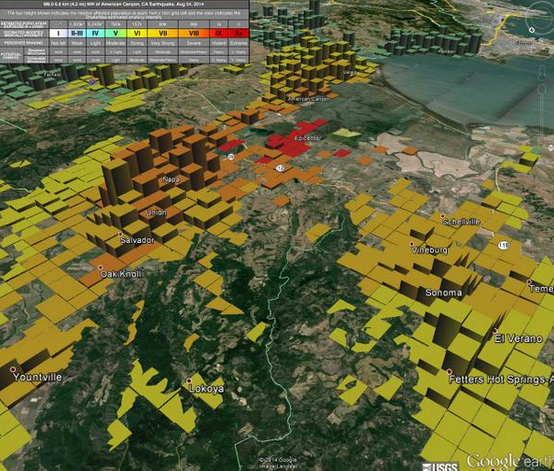
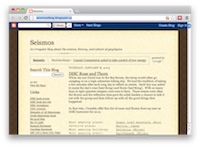
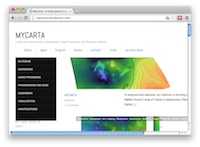
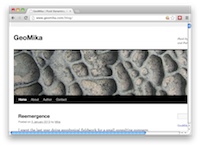
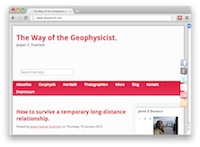
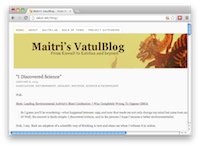

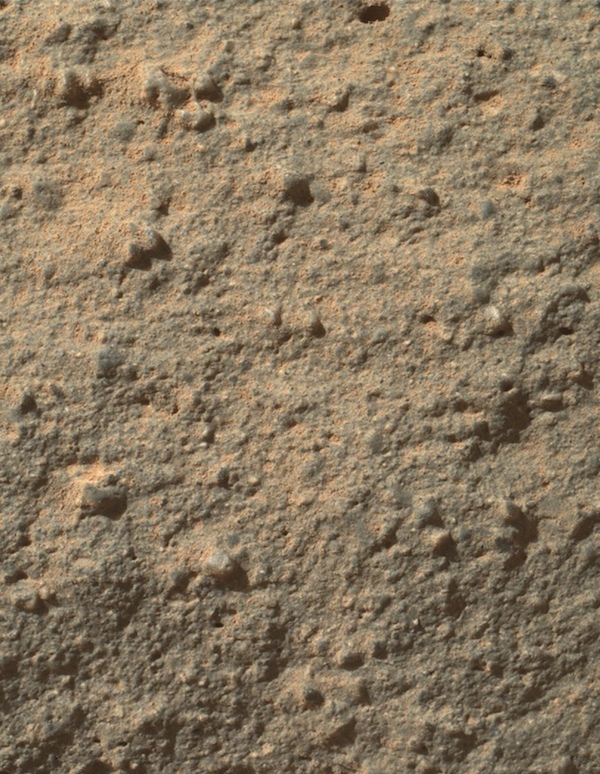

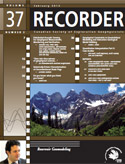
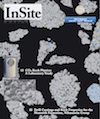







 Except where noted, this content is licensed
Except where noted, this content is licensed